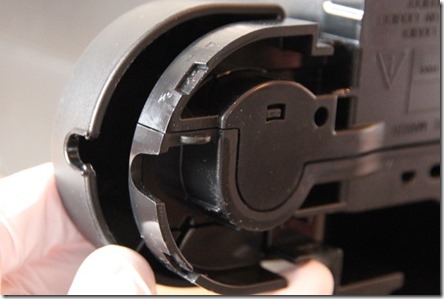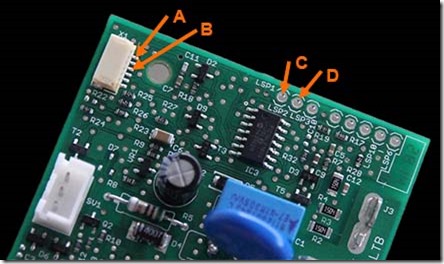Last week I had a trip to the Droidcon Moscow where I talked about the Internet of Things, in particular smart home for creative developers and rookies. It was really exciting to see how interested and open minded the developers in the awesome Russian capital are.
Well, the weather was not the best in front of the Moscow State University. Anyway, my personal favorite in Moscow is the weather-proofed subway: It’s soviet era charm is stunning.
I did the only English sessions and both have been packed (sorry for the parallel track ;)). Usually I get questions on privacy, security and stuff like that. But at Droidcon Moscow it was surprisingly different. The Russian developers seem to be really eager to start with the Internet of Things themselves and did ask a lot on how to do that. Especially the part on how to get technology-laggards and kids into that topic was very well received.
To make one really wanting to become a developer, it’s important rather to motivate than to teach: Teaching feels like school! But it’s more about continuous offering, playing and explaining. Especially because being a developer of new and innovative ideas does not mean you have to be a fulltime programmer. Nowadays almost everybody who is keen to get into the Internet of Things can do so thanks to various available easy toolkits.
Anyway, a basic understanding of programming does not hurt. If anything. A good starting point could be the following selection of trainings and tools. I made quite a good experience using these in the given order with my son and his classmates:
- Hour of Code: You can choose among several themes from Minecraft to Frozen in this online programming environment where you have to fulfill easy tasks to solve the challenges.
- Scratch: Scratch is a project of the Lifelong Kindergarten Group at the MIT Media Lab. It is both a visual programming environment and a story telling tool. So, start your interactive fairy tales and games right now. There’s also an extendable version named ScratchX, which we use for IoT prototypes connected to the real world (see here). By the way, Scratch is the prefiguration of a lot of visual programming environments like the following.
- App Inventor: App Inventor was originally provided by Google, and is now maintained by the Massachusetts Institute of Technology (MIT). It is based on the same visual programming approach like Scratch, but suited for mobile apps one can use on a real device.
- Minecraft and ComputerCraft: There are a few Minecraft based ways, to learn programming. Our personal favorite so far is ComputerCraft. It introduces virtual Computers and peripherals like printers in Minecraft. All programmable with Lua, one of the easier programming languages. Furthermore, you can extend it with your own API (application programming interface) to add some additional capabilities (i.e. to connect your smart home as shown here). Lua is not just a more and more popular programming language, it is also common for IoT solutions (i.e. based on the ESP8266 chip with NodeMCU firmware).
Well, as mentioned above that worked like a charm with my son. Even my daughter did great, but unfortunately she just does not like it that much until now: But I will not give up offering, playing and explaining and once I find a way, I will let you know…



